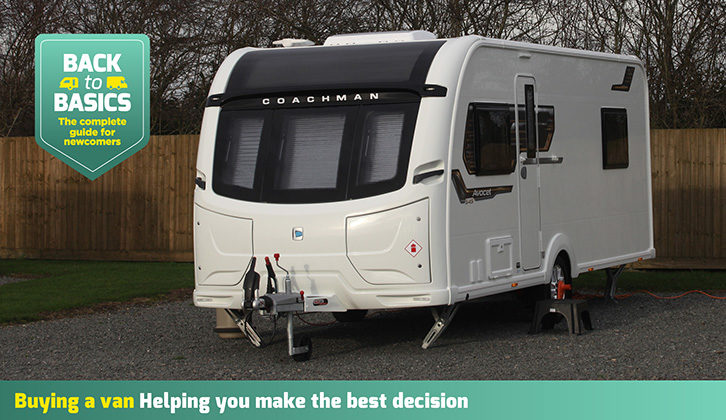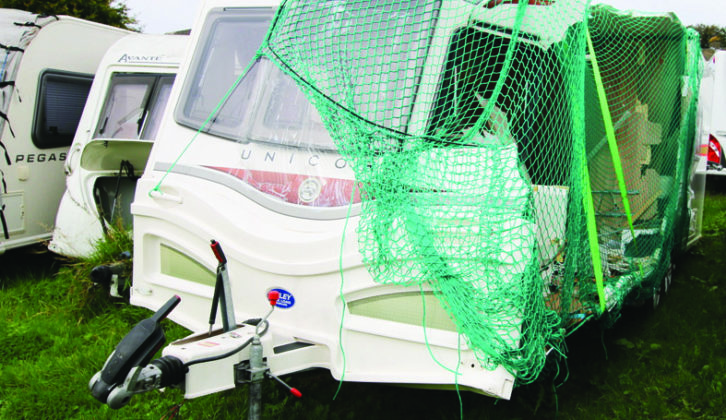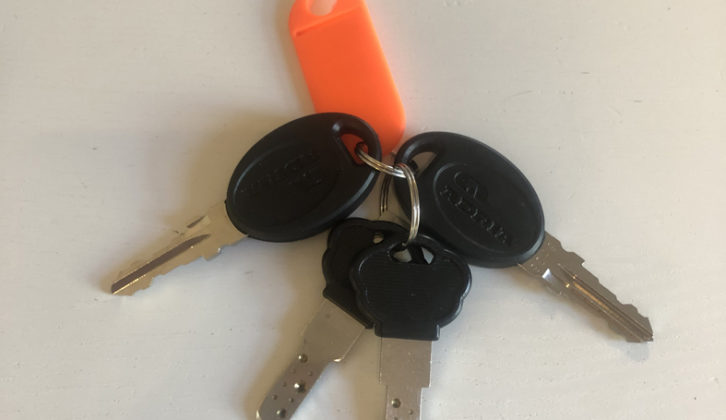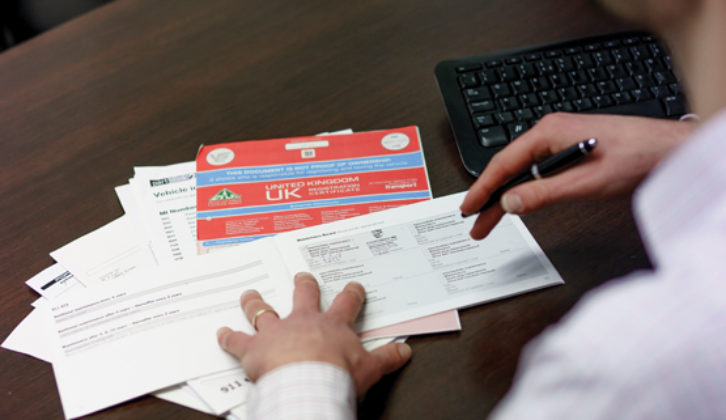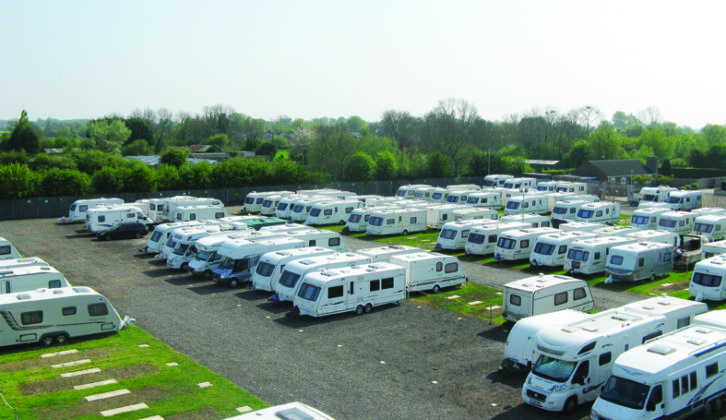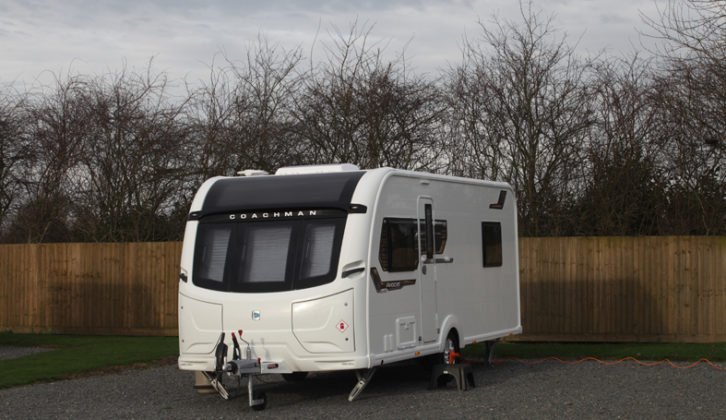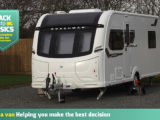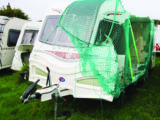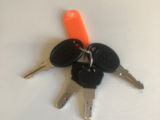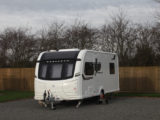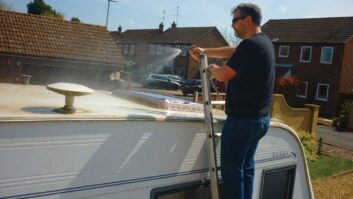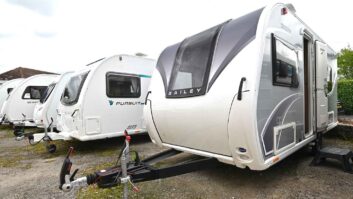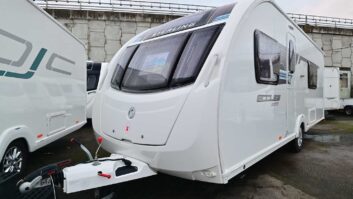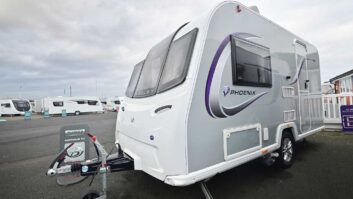There are some crucial choices and exterior checks to make when you’re choosing the best used caravan, which will help you come to the right decision at the first time of buying.
Be sure to make detailed notes while you are assessing the caravan and use any necessary repairs to negotiate the price down.
Don’t be seduced by stylish touches if the practicalities of the van aren’t quite right for you. You’ll quickly come to regret it.
Make sure you ask the owner about the caravan’s use. Does it sound feasible and realistic, or is it a sales pitch? Be slightly more wary if it sounds like the latter.
Before travelling to view, and even if you’re not intending to, ask the vendor if you can have the caravan checked over by an NCC AWS-approved technician (although this is advisable). If they have anything to hide, they probably won’t get back to you to arrange your viewing.
So now, you’re there and the caravan is in front of you – what exterior checks should you be looking out for? We fill you in here.
Windows
Check for condensation forming on the interior of double-glazed windows. Also, see if there’s any crazing or scratching caused by over-enthusiastic cleaning.
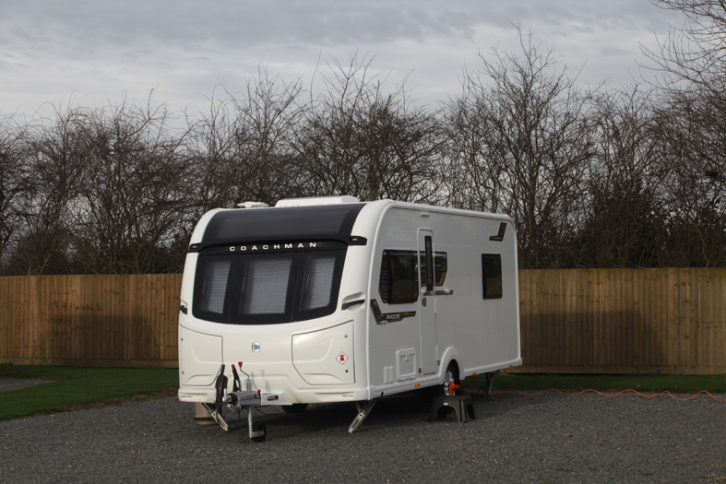
Window seals
On older vans, check that the rubber window seals haven’t perished, and all windows and rooflights open properly.
Keys
Are all the keys present? There’s a hassle factor in getting new ones, even if the cost is negligible.
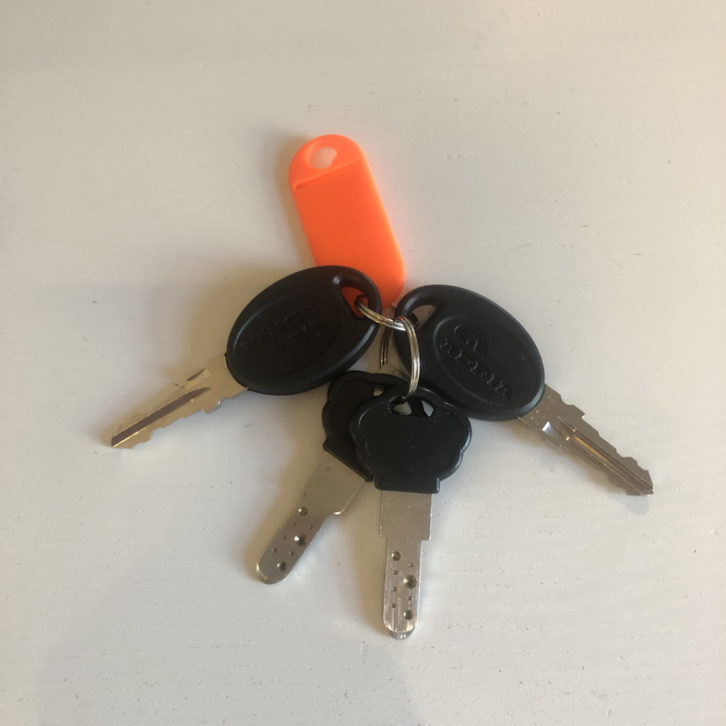
Hitch head
Ensure all mechanicals on the hitch head are functioning: handbrake, breakaway cable, electric cable (does it have the right connection for your tow car?), jockey wheel, stabiliser and towball-release handle. Also note if there are any annual AWS service stickers here. These are dated, and denote top-quality servicing.
Front panel
Inspect for damage, because this gets the bulk of the dirt and debris that is thrown up by the tow car.
Major repairs
Ask if the tourer has had any major repairs or accidents. There might be evidence of this on the receipts.
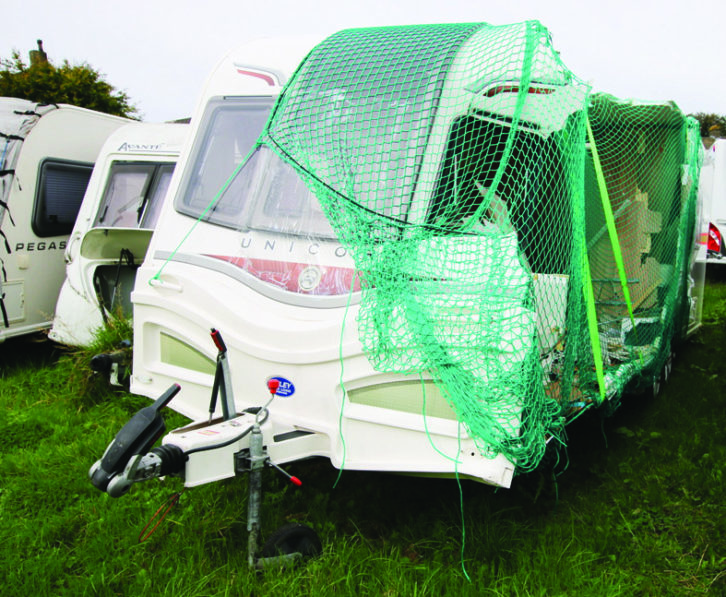
Weight plate
Check the weight plate (next to the door) to see if it’s compatible with your tow car. The MTPLM and MiRO are indicated. Novices should seek a caravan with an MTPLM that’s no more than 85% of their tow car’s kerbweight.
Chassis
Have a look under the caravan at the chassis and axles, to see if there’s any damage or corrosion, or anything loose. Galvanised Al-Ko chassis shouldn’t corrode. While you’re there, check for corner-steady damage, plus auto-leveller or motor mover condition, if they’re fitted.
Tyres
Ask the owner when the tyres were changed, then check the age on the side of the tyre wall. This is two low-digit numbers in a small lozenge, for example: 15 17. This example would indicate that the tyre was made in the 15th week of 2017.
Allowing for some shelf-time at the tyre fitters, you should be able to work out how honest the vendor is being, and, of course, the age of the tyre. Bear in mind that caravan tyres should be changed after five years, irrespective of wear.
Battery
Ask about the leisure battery age, and how it has been charged and cared for. Someone who uses an intelligent trickle charger clearly cares about their battery. A poorly maintained battery could cost you £100 to replace. Ask the owner to charge it before you arrive. The battery meter should read 12.7-12.85V when fully charged, and is completely depleted at 11.8V. If the vendor is a serviced site-user and you’re going off-grid, you might need to upgrade the leisure battery to 100 or 110Ah.
Documents
Ask to see all paperwork including invoices, service reports and receipts, tyres, batteries and so on. All self-respecting caravanners hoard this stuff for when the time comes to sell. Are there any advisories on the latest service report?
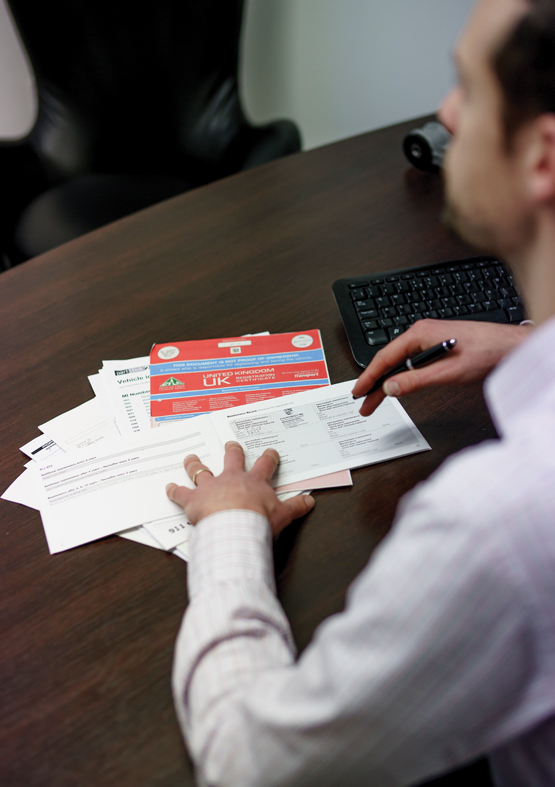
Black marks
Has the vendor managed to remove all of those pesky black streaks from the caravan’s exterior?
Panels
Scour GRP panels for hairline cracks. They are quite common, especially on older caravans.
Under the polish
On older caravans, look for ‘chalking’ of the GRP panels. This is where the surface layer of the glass fibre has eroded and can be chalky or dusty. A good polish can help disguise this and protect the surface, if the van is just too big a bargain to miss.
Lights
Check that all of the exterior lights work, and ensure there is no water inside the light panels.
Roof
Check the roof for damage: hailstones and aluminium-skinned roofs are particularly bad bed-fellows and can result in potentially expensive damage.
In store
Where and how was the caravan stored? Premium CaSSOA site storage suggests it’s been cared for and invested in. Was it under cover? Is a top-quality cover, like those from ProTec or Specialised, included in the sale?
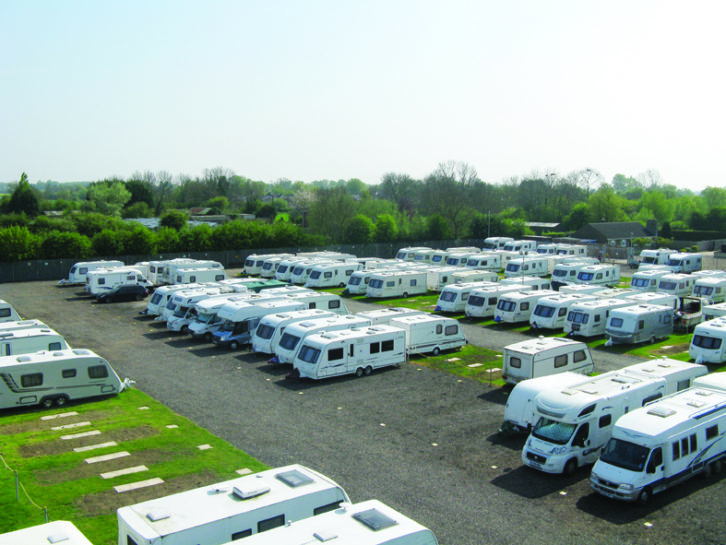
Security
Does the alarm work? If the caravan has a tracking device, contact the provider and check that it works. You will need to re-register and perhaps reactivate the system. A year’s monitoring can cost £50-£200.
Are you looking for some more buying advice to help you choose the van for you? Then be sure to head to our Back to Basics: Buying a van category!
If you’d like to find out more about the top tourers currently on the market, our best caravan round-up is the perfect place to start!
If you liked this…READ THESE:
Caravan Genius: Weights and Measures
How to keep your caravan safe and secure
If you’ve enjoyed reading this article, why not get the latest news, reviews and features delivered direct to your door or inbox every month. Take advantage of our brilliant Practical Caravan magazine SUBSCRIBERS’ OFFER and SIGN UP TO OUR NEWSLETTER for regular weekly updates on all things caravan related.
Future Publishing Limited, the publisher of practicalcaravan.com, provides the information in this article in good faith and makes no representation as to its completeness or accuracy. Individuals carrying out the instructions do so at their own risk and must exercise their independent judgement in determining the appropriateness of the advice to their circumstances. Individuals should take appropriate safety precautions and be aware of the risk of electrocution when dealing with electrical products. To the fullest extent permitted by law, neither Future nor its employees or agents shall have any liability in connection with the use of this information. You should check that any van warranty will not be affected before proceeding with DIY projects.
Take detailed notes while you are assessing the caravan and use any repairs that are required to negotiate the price down
